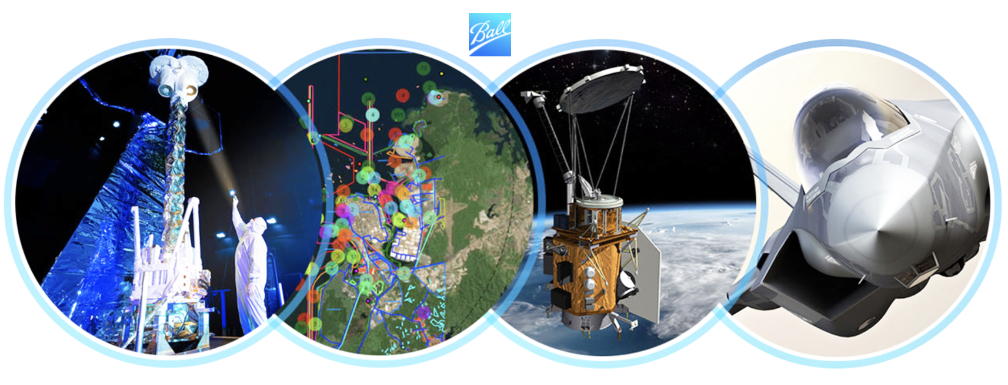
Ball Aerospace is collaborating with Microsoft Azure to enable faster, flexible and more dynamic on-orbit satellite data processing. Ball Aerospace’s space-based hardware and software capabilities are being combined with Microsoft Azure cloud in a series of on-orbit experiments to explore new capabilities of satellite edge processing in space.

This latest collaboration between Ball Aerospace and Microsoft supports a unique networking system on the cloud that can move data around more quickly and process it in real-time – all the while being flexible to the evolving needs of complex missions. This empowers the user to reconfigure computing functions on orbit, including the use of software containerization and cloud on-the-edge to enable a software defined mission approach that embraces standards such as Sensor Open Systems Architecture (SOSA), Universal Command and Control Interface (UCI) and Open Mission Systems (OMS).
Ball Aerospace recently demonstrated a successful data transfer from a Telesat LEO satellite to a data center and tactical vehicle, where it was processed in Azure. The demonstrations were part of the United States Space Force Space and Missile Systems Center’s Commercially Augmented Space Inter-Networked Operations (CASINO) project. Ball is planning for future demonstrations with Microsoft to test the software on-orbit in the next year.
Microsoft Azure’s integrated cloud services enables data processing and advanced analytics as well as an open application platform that provides the building blocks to rapidly develop, deploy and manage intelligent solutions. Ball Aerospace has a strong heritage of designing and building space hardware for government and commercial customers. In addition, the company has more than 30 years of data processing experience, including developing unique and accurate exploitation algorithms for satellite systems.
“Ball Aerospace has more than 65 years of space-based systems experience, and Microsoft is an industry leader in big data management and internet of things (IoT) systems,” said Steve Smith, vice president and general manager, Advanced Technology & Information Solutions, Ball Aerospace. “We are meeting in the middle, combining our respective expertise to enable ‘smart’ satellites that extend the data processing power of the cloud to space.”
Tom Keane, Microsoft’s corporate vice president of Mission Engineering, said, “Bringing the security and performance of the Microsoft Cloud to Ball Aerospace hardware can offer unique opportunities to process on-orbit satellite data to gain insights faster, and meet the needs of specialized and mission-critical government workloads.”
